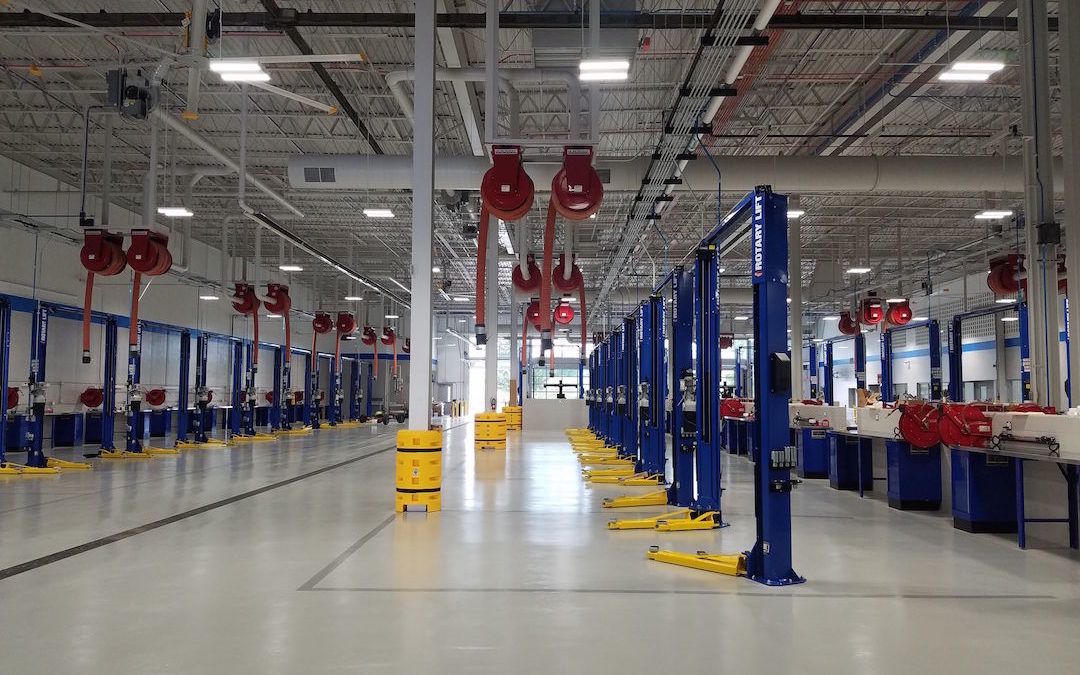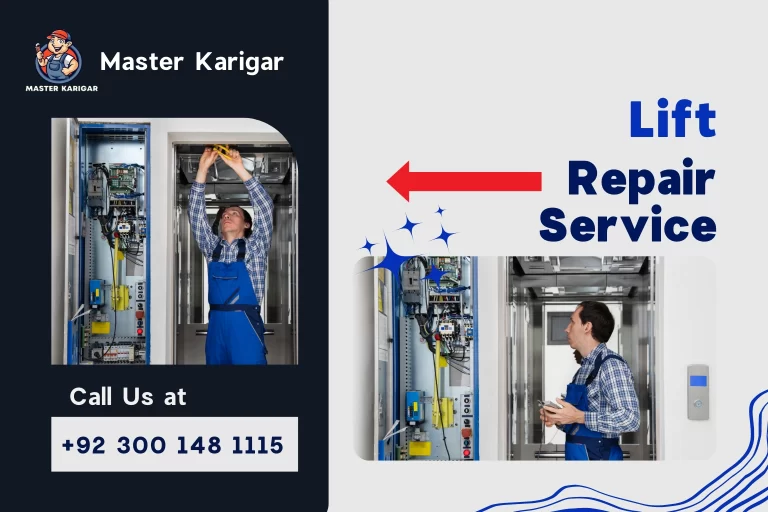Necessary Variables to Consider for Lift Maintenance
When it comes to the efficient and safe operation of lifts, considering important maintenance elements is vital. Elevators are detailed systems that need precise interest to detail to function reliably. From normal evaluation routines to sticking to proper lubrication methods, each element plays a vital function in making sure the elevator's durability and security. Overlooking these upkeep techniques can lead to unanticipated downtime, security hazards, and costly repairs. It is vital for building supervisors and upkeep workers to stay in advance of these aspects to support the elevator's performance requirements and compliance requirements.
Routine Assessment Schedules

Conducting normal evaluations not just boosts the general performance of the lift yet also plays an essential function in abiding by safety regulations and market requirements. It guarantees that the lift runs smoothly, decreasing the danger of unanticipated breakdowns that can hassle owners or concession safety. Furthermore, regular inspections add to extending the life-span of the lift devices, eventually minimizing upkeep prices and downtime.
To improve the examination process, lots of structure proprietors partner with qualified lift maintenance business that concentrate on conducting extensive evaluations and giving prompt upkeep solutions. By prioritizing routine assessment timetables, stakeholders can promote the safety, dependability, and performance of their lift systems.
Proper Lubrication Methods
Reliable lubrication techniques are necessary for maintaining the ideal efficiency and longevity of elevator components. Appropriate lubrication methods play a crucial role in stopping wear and tear on moving parts, minimizing friction, and making certain smooth procedure of the lift system. When it pertains to elevator maintenance, making use of the appropriate lubricants in the right amounts at the suggested intervals is key to reducing and stopping expensive repair services downtime.
To make sure proper lubrication, lift professionals should follow supplier guidelines regarding the kind of lubricant to be used for details parts such as bearings, equipments, and overview rails - lift maintenance london. Over-lubrication can bring in dirt and debris, resulting in component malfunctions, while under-lubrication can create increased friction and premature wear. Regularly scheduled lubrication upkeep must be included in the overall elevator maintenance strategy to maintain the system running effectively and safely
Keeping An Eye On Tear and put on
Appropriate lubrication techniques are important in helping with the early detection and monitoring of damage on elevator elements. Routine lubrication helps minimize friction in between moving components, preventing extreme wear and possible failures. Nevertheless, keeping track of deterioration goes past just lubrication. Elevator upkeep workers should carry out routine assessments to identify indicators of wear on crucial components such as ropes, sheaves, guide rails, and bearings. These assessments might involve visual checks, determining wear restrictions, and utilizing analysis tools to examine the problem of crucial components. Additionally, maintaining thorough maintenance documents can assist in tracking the wear patterns of elevator elements gradually, permitting predictive maintenance preparation. By closely checking deterioration, maintenance groups can attend to concerns proactively before they intensify right into expensive fixings or unanticipated downtime, ensuring the safe and effective operation of the elevator system.

Safety Compliance Checks
Performing the original source thorough safety compliance checks is essential in making certain the elevator system fulfills all regulatory standards and functional demands. These checks additionally include validating that the elevator's capacity restrictions, speed, and emergency communication systems are in line with safety and security criteria. In addition, adherence to safety and security conformity checks can avoid mishaps, decrease obligation risks for structure proprietors, and expand the life-span of the lift system.
Emergency Response Planning
Taking into account the vital importance of safety and security compliance sign in maintaining elevator systems, a robust emergency response planning strategy is paramount to promptly and efficiently address unanticipated cases. lift engineer course. Emergency situation reaction planning for elevators entails proactive actions to guarantee the safety of travelers and maintenance employees in case of emergency situations such as power outages, entrapments, or mechanical failings
Trick components of an efficient emergency situation feedback plan include developing clear communication protocols, giving routine training to team on emergency treatments, keeping current emergency contact lists, and carrying out regular drills to practice response actions. In addition, it is important to have assigned employees responsible for collaborating emergency responses and guaranteeing that necessary tools, such as emergency situation illumination and communication tools, remain in functioning order.
Verdict
To conclude, it is critical to prioritize normal assessment schedules, correct lubrication strategies, monitoring damage, safety conformity checks, and emergency response planning for elevator upkeep. By applying these necessary variables, structure proprietors can make sure the safety and security and efficiency of their lifts, ultimately reducing the threat of malfunctions and crashes. Constant maintenance techniques are crucial for lengthening the life-span of elevators and guaranteeing the wellness of people that rely upon them for transport.
Routinely set up lubrication maintenance ought to be included in the general elevator maintenance plan to maintain the system running effectively and safely.
Elevator maintenance workers ought to carry out routine assessments to identify signs of wear on key parts such as ropes, sheaves, guide rails, and bearings. Additionally, maintaining comprehensive maintenance records can aid in tracking the wear patterns of lift elements over time, enabling for anticipating maintenance preparation. By very closely monitoring wear and tear, maintenance teams can address problems proactively before they escalate into costly repair a fantastic read services or unanticipated downtime, ensuring the secure and effective procedure of the elevator system.
